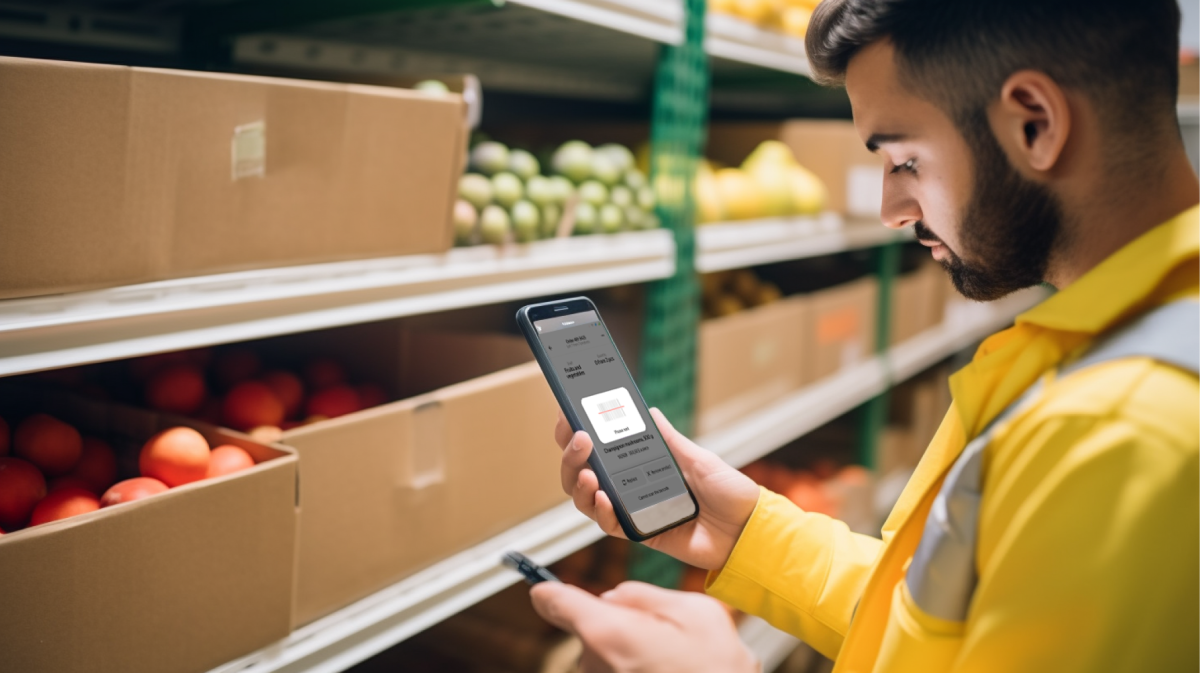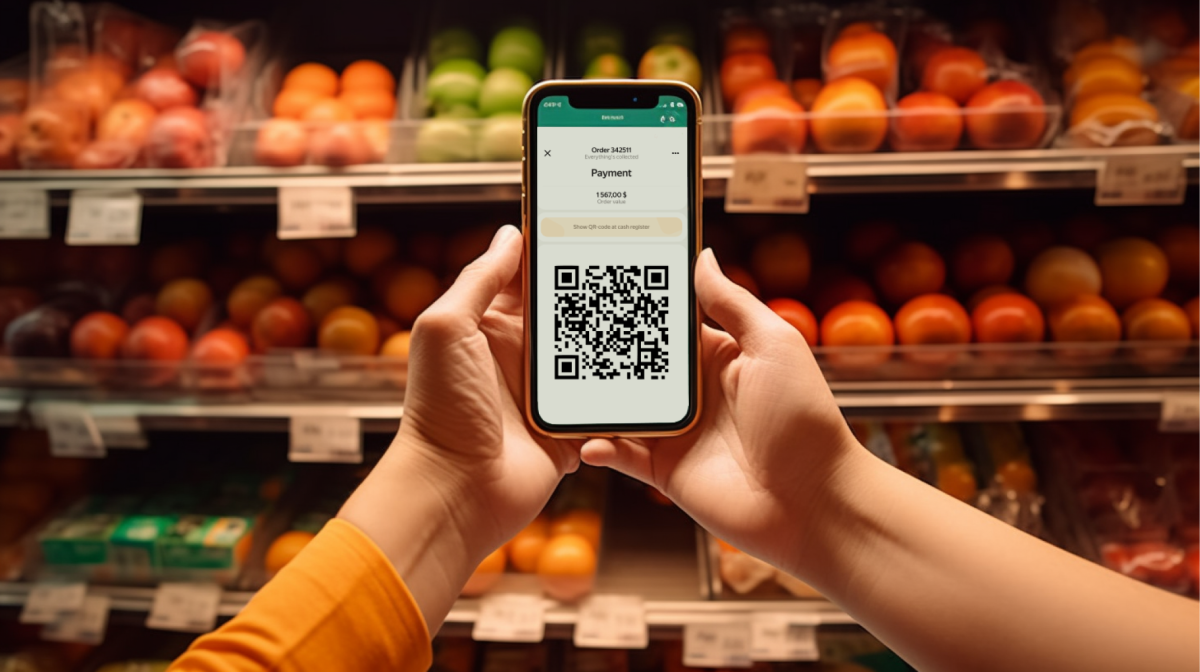Yango Tech and Surtifamiliar Partner for Next-Generation AI-Powered Grocery E-commerce in Colombia


The rise of e-grocery stands as a testament to the power of innovation and adaptation, where technology meets customers’ requirements. For any person involved in an omnichannel or sole online business model, understanding the pivotal advantages of e-grocery over traditional retail is not just prudent but imperative for sustained growth and competitiveness.
One of the most compelling arguments for embracing e-grocery lies in its unparalleled ability to optimize time management. According to a study by Statista, online grocery shopping can save consumers an average of 2.5 hours per week compared to traditional shopping methods. For grocers, this translates into valuable time freed up for strategic planning, market analysis, and business development initiatives. By eliminating the need for physical store visits, e-grocery empowers e-grocers to focus on driving innovation and steering their companies towards future success.
In today's fast-paced world, convenience is king, and e-grocery reigns supreme in delivering a seamless shopping experience. With a vast array of products at their fingertips, customers can easily explore and purchase items tailored to their preferences. Research conducted by Nielsen indicates that 67% of online grocery shoppers appreciate the convenience of home delivery or click-and-collect options. By leveraging sophisticated algorithms and personalized recommendations, e-grocery platforms enhance customer satisfaction and foster long-term loyalty—a critical metric for e-grocers seeking sustainable growth in a competitive market.
The exponential growth of the e-grocery market underscores its undeniable potential to capture a significant share of the overall industry. According to projections by McKinsey, e-grocery sales are expected to reach $250 billion globally by 2025. For grocers, embracing e-grocery isn't just about staying relevant; it's about seizing opportunities for expansion and market dominance. By leveraging technology and consumer insights, companies can position themselves at the forefront of this burgeoning market, ensuring continued growth and profitability in the years to come.

While concerns about profitability may loom large, savvy grocers recognize the myriad opportunities to enhance efficiency and drive revenue within the e-grocery space. By optimizing delivery routes, implementing subscription models, and leveraging data-driven inventory management systems, companies can mitigate operational costs and improve overall profitability. A study by Deloitte found that companies embracing digital transformation in their supply chains experienced a 25% increase in gross margin. By harnessing the power of technology and analytics, e-grocers can unlock new avenues for growth and sustainability in the e-grocery sector.
E-grocery platforms offer an extensive range of products that may not be available or easily accessible in traditional brick-and-mortar stores. From specialty items to international imports, e-grocery provides consumers with unprecedented access to diverse and unique products. This expanded selection not only enhances customer satisfaction but also opens up new revenue streams for companies by catering to niche markets and consumer preferences.
With e-grocery, consumers have the flexibility to shop anytime, anywhere, eliminating the constraints of store hours and geographical limitations. Whether it's late-night cravings or busy schedules, e-grocery allows customers to order groceries at their convenience, reducing the need for rushed trips to the store. Additionally, features such as subscription services, recurring orders, and personalized shopping lists streamline the shopping experience, saving time and effort for busy households.
E-grocery platforms often feature robust health and wellness sections, offering organic, gluten-free, and other specialized products tailored to dietary needs and preferences. With detailed product descriptions, nutritional information, and ingredient lists readily available, consumers can make informed choices that align with their health and wellness goals. This emphasis on transparency and accessibility promotes healthier lifestyles and fosters trust between consumers and e-grocery brands.
While the advantages of e-grocery in terms of convenience, efficiency, and market growth are undeniable, it's essential to acknowledge and address potential environmental impacts associated with this shift in consumer behavior. As the world grapples with pressing sustainability challenges, including climate change and resource depletion, e-grocery presents an opportunity to align business interests with environmental stewardship.
One of the most significant contributions of e-grocery to sustainability efforts is its potential to reduce food waste throughout the supply chain. Traditional retail often relies on extensive in-store displays and bulk ordering, leading to overstocking and perishable items being left unsold. In contrast, e-grocery platforms can leverage data analytics to optimize inventory management, minimizing excess stock and ensuring fresher products reach consumers. Additionally, by offering precise portion sizes and meal planning tools, e-grocery can empower consumers to make more informed purchasing decisions, further reducing food waste at the household level.

E-grocery delivery systems have the potential to be significantly more efficient than traditional brick-and-mortar retail operations. By consolidating orders and optimizing delivery routes, e-grocery companies can reduce the carbon footprint associated with transportation and logistics. Furthermore, the use of electric or hybrid delivery vehicles, coupled with advancements in route optimization algorithms, can further minimize emissions and environmental impact. Additionally, initiatives such as last-mile delivery hubs and locker systems can streamline delivery processes while reducing vehicle congestion and air pollution in urban areas.
Packaging waste is a pressing environmental concern, particularly in the retail sector where single-use plastics and excessive packaging are prevalent. E-grocery presents an opportunity to rethink packaging practices and prioritize eco-friendly alternatives. From biodegradable packaging materials to reusable containers and minimalistic packaging designs, e-grocery companies can lead the way in reducing plastic waste and promoting sustainable consumption habits. Furthermore, implementing recycling and take-back programs for packaging materials can close the loop on the e-grocery supply chain, minimizing waste and maximizing resource efficiency.
Beyond operational changes, e-grocery platforms have a unique opportunity to educate and engage consumers on sustainability issues. By providing transparent information about the environmental impact of products, such as carbon footprint and sustainable sourcing practices, e-grocery companies can empower consumers to make more environmentally conscious choices. Additionally, incorporating sustainability-focused features into the shopping experience, such as carbon footprint calculators or eco-friendly product recommendations, can raise awareness and drive positive behavior change among consumers.
More about express delivery options: yango-tech.com/blog/4-simple-strategies-for-better-express-delivery-e-commerce
The integration of e-grocery platforms with smart home technology enhances the shopping experience and promotes greater convenience for consumers. Voice-activated assistants, smart refrigerators, and connected kitchen appliances enable seamless replenishment of household essentials, simplifying the shopping process and reducing friction for users. This synergy between e-grocery and smart home technology not only enhances customer satisfaction but also reinforces brand loyalty and engagement.
E-grocery platforms leverage advanced data analytics and machine learning algorithms to deliver personalized shopping experiences tailored to individual preferences and buying behaviors. By analyzing past purchases, browsing history, and demographic information, e-grocery companies can offer targeted product recommendations, promotional offers, and customized shopping lists. This data-driven approach not only enhances customer engagement but also drives sales and loyalty by anticipating and meeting customer needs more effectively.
More about personalization: yango-tech.com/webinars/5-winning-personalization-strategies-in-grocery
One of the primary frustrations of traditional grocery shopping is waiting in long checkout lines and dealing with crowded aisles. E-grocery eliminates these pain points by enabling frictionless shopping experiences, where customers can quickly add items to their virtual carts and checkout with ease. By streamlining the purchasing process and minimizing in-store friction, e-grocery platforms enhance overall customer satisfaction and reduce shopping-related stress for consumers.

In the dynamic landscape of the grocery industry, e-grocery emerges as a transformative force, offering unparalleled benefits in efficiency, customer experience, and sustainability. For grocers, the imperative to embrace digital innovation and capitalize on the advantages of e-grocery is clear.
By investing in technology, talent, and sustainability initiatives, companies can position themselves at the forefront of innovation, driving growth and competitiveness in the digital age. The time to embrace e-grocery is now, as it offers vast opportunities for market expansion and customer engagement.
In conclusion, e-grocery represents not just a trend but a revolution in how we shop for groceries. By adapting and innovating in this rapidly evolving landscape, e-grocers can shape the future of grocery retailing and lead their companies towards sustained success.